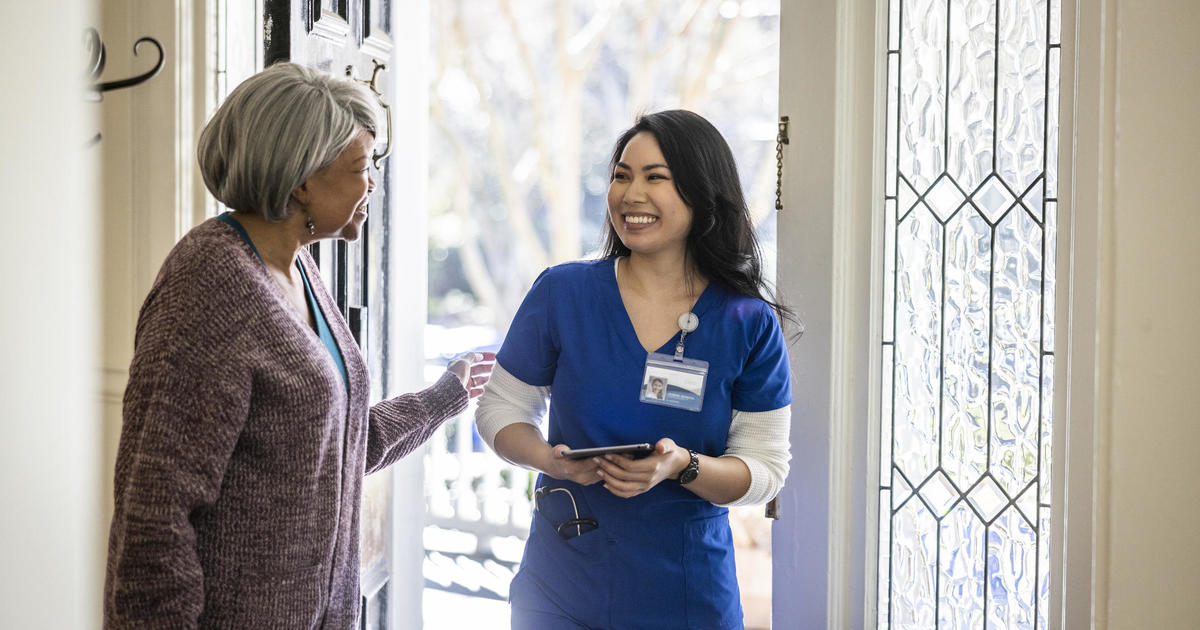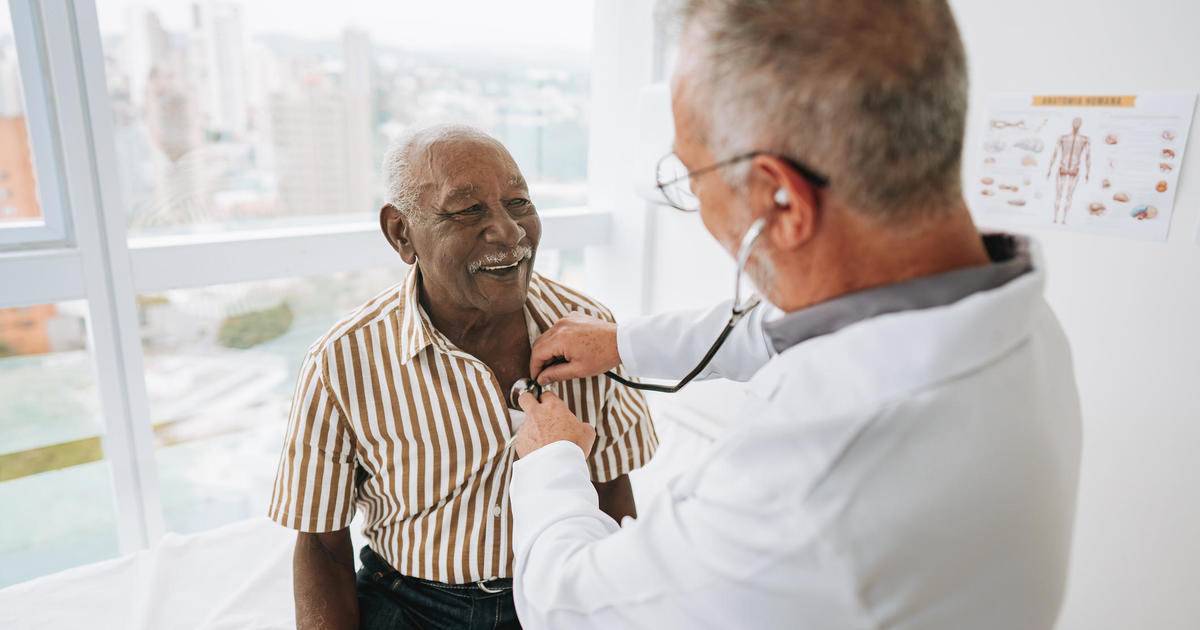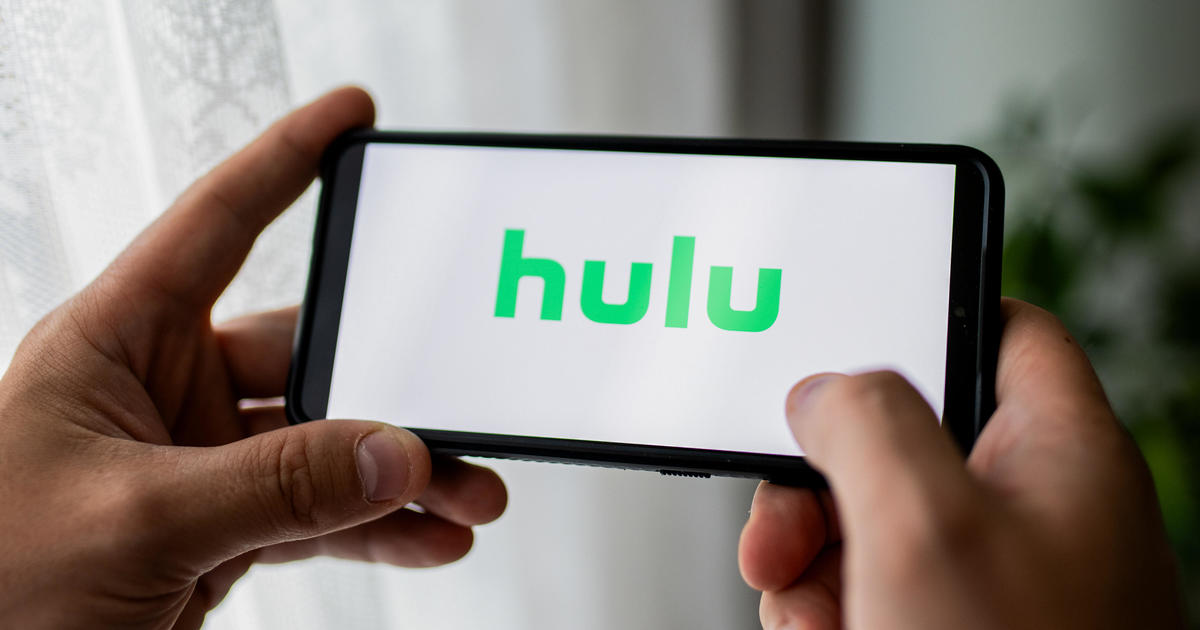Coronavirus creates long waits in nation's "virtual waiting rooms"
Shannon Picha realized Monday she needed a refill for a prescription medicine. To avoid a doctor's office, where there's a risk of interacting with someone carrying coronavirus, Picha did what officials have advised: She sought a virtual appointment using a telemedicine app.
Then the hours-long wait began.
Across the country, remote appointments have suddenly become the norm, testing a relatively new industry that has never before faced demand on this scale.
The telemedicine app Picha used, Amwell, allows users to choose a specific doctor and wait in their "virtual waiting room."
"I was 33rd in line, after 2 hours I was 12th in line. Then I moved back to 16th. After another hour, I moved to 8 then back to 12th. Finally I made it to next in line," Picha said. "And it disconnected me."
It was the second time in a week Picha had made it to "next in line" only to miss out. An earlier attempt to get her son treatment for a sinus infection ended when, just after 9 p.m., the doctor logged off.
Picha voiced her frustration in a comment on Amwell's Facebook page. Patients of many of the nation's top telemedicine companies have taken to Twitter and Facebook to note similar frustrations with wait times, and the responses from customer service are consistent across the industry: "We're experiencing an unusually high volume of people seeking care due to COVID-19."
Picha told CBS News she sympathizes with telemedicine doctors and nurses who are putting in long days during a national emergency.
"I feel awful about the hours and pressure these medical professionals are under. I realize millions of people have a head cold and are scared it's something else," Picha said.
Amwell is rushing to hire doctors and nurse practitioners in all 50 states, and a spokesperson told CBS News that nationwide "our patient visit volume is up about 257% in terms of the number of visits we're currently doing versus the number we'd expect to be doing this time of year."
In states hit particularly hard by coronavirus, patient volume is even more off kilter.
"In Washington state, however, we are up about 700%, and in New York, as an example, we're up about 312%," said Holly Spring, the Amwell spokesperson. "The rate of use of telehealth….seems to be correlating with the movement and impact of the virus. We are seeing low, moderate and high risk COVID-19 patients every day."
Spring said that, nationwide, the average wait time is about 33 minutes, up from just six in January. But she and others in the industry noted that even with longer wait times, being at home is preferable to spending hours in the emergency rooms of overwhelmed hospitals, where there is a greater risk of exposure to germs.
A spokesperson for Teledoc Health, the nation's largest telemedicine company, said in an email to CBS News that, for the most part, patients "understand that these are unique times," even as "response times have escalated from minutes to hours."
"We strongly believe that a patient waiting at home is better than one exposed in the community while visiting the traditional health care system," said Teledoc vice president for communications Chris Stenrud.
Because certain coronavirus symptoms can resemble those of the cold or flu, the companies have taken steps to limit visits from those who don't have the disease.
Doctor on Demand, another telemedicine provider, asks that patients first take the company's 11 question online coronavirus risk assessment. At the end of the questionnaire, patients are advised of their risk of carrying the sickness, on a scale of low to severe.
The company said in a statement to CBS News that the assessment was created to alleviate "unprecedented demand" for appointments.



